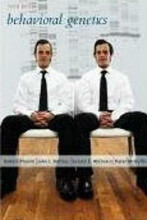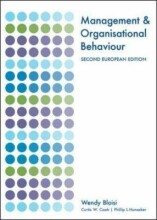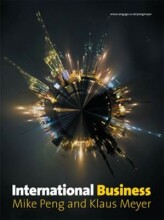The non-modal auxiliaries, be , have , do
12 important questions on The non-modal auxiliaries, be , have , do
What are the primary uses of the verb DO in English?
- Subject-auxiliary inversion: e.g., "Did she do her best?"
- Negation: e.g., "I didn't do him an injustice."
- Lexical verb: e.g., "She did her best."
How is the verb BE utilized in English?
- Progressive Marker: e.g., "They are watching TV."
- Passive Marker: e.g., "It was taken by Jill."
- Copula: e.g., "She was a friend of his."
What role does BE play in progressive aspect constructions?
- Ongoing actions: e.g., "I've been working all morning."
- Indicates the situation is in progress at the specified time.
- Higher grades + faster learning
- Never study anything twice
- 100% sure, 100% understanding
How does BE function in passive constructions?
- The subject receives the action, e.g., "It was taken by Jill."
- Lacks an active counterpart, e.g., "He may be arrested."
What is the copular function of BE in a sentence?
- A linking verb: e.g., "She was a friend of his."
- Functions in interrogative and negative forms, e.g., "Was she a friend of his?"
What are the two classes that the verb HAVE belongs to, and how is it used in different contexts?
- As a lexical verb: example - "She had a swim"
- As an auxiliary verb: example - "He has broken his leg."
How does the perfect tense function in relation to the verb HAVE?
- Auxiliary HAVE + past participle
- Indicates a secondary past tense
- Example: "He has broken his leg"
What distinguishes the preterite form and the perfect form of HAVE?
- Preterite: used in finite constructions like "He took it yesterday"
- Perfect: used with auxiliary HAVE and not after MAY
What does the perfect tense imply about the relevance of events in time?
- Past events still relevant to the present
- Example: "He has broken his leg" shows ongoing relevance
- Time frame: "past in present"
How do static and dynamic uses of HAVE differ?
- Static HAVE: denotes a state (e.g., "She has enough credit")
- Dynamic HAVE: denotes an event (e.g., "She had a swim")
What are the differing views on the auxiliary versus lexical use of static HAVE?
- Recognized as an auxiliary by some: "She hasn't enough credit."
- Treated as a lexical verb by others: "She doesn't have enough credit."
What linguistic phenomenon is observed in the construction of sentences using the verb HAVE?
- In auxiliary form, HAVE has a tense marking
- It doesn't allow non-finite clauses as Complements (like "Have we to invite them all?")
- Lexical treatment is gaining popularity
The question on the page originate from the summary of the following study material:
- A unique study and practice tool
- Never study anything twice again
- Get the grades you hope for
- 100% sure, 100% understanding






























